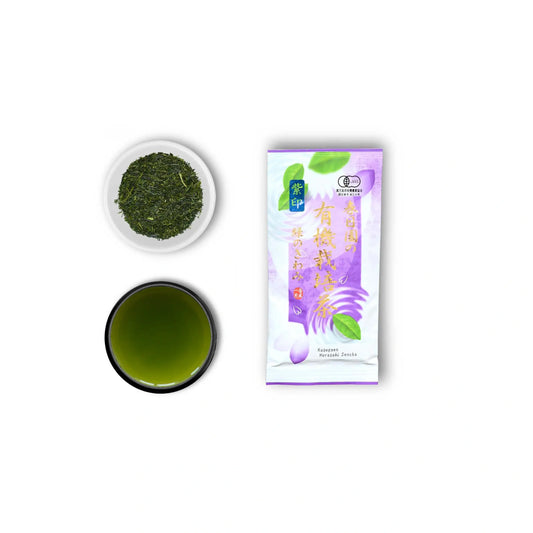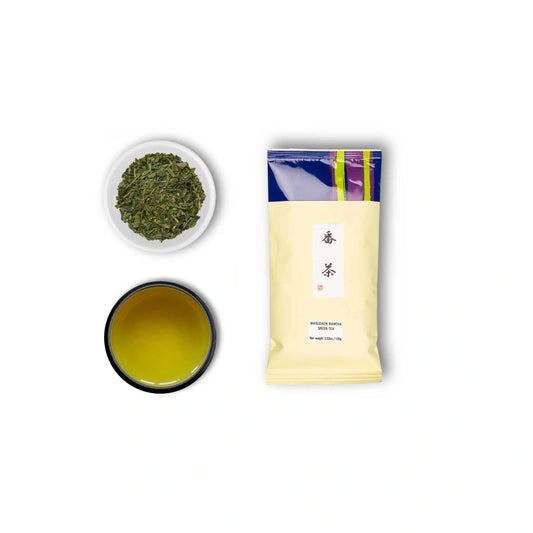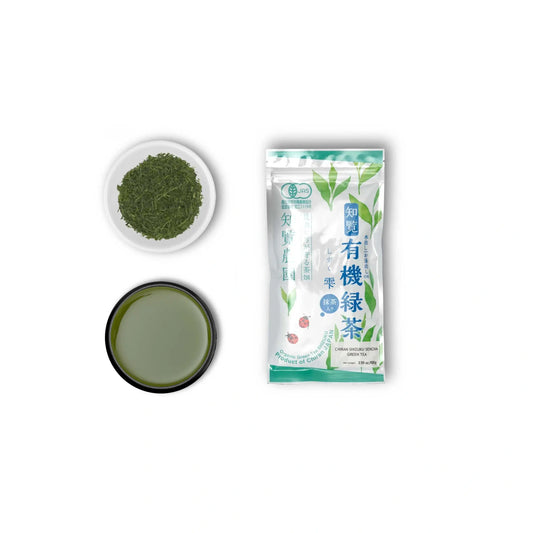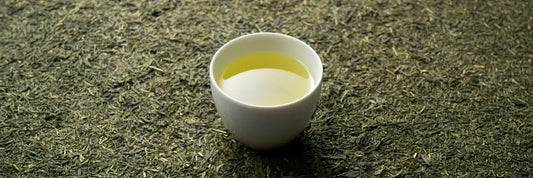-
Fukamushi Sencha Kagoshima Murasaki
Regular price From $25.30Regular priceUnit price per$44.00Sale price From $25.30On sale -
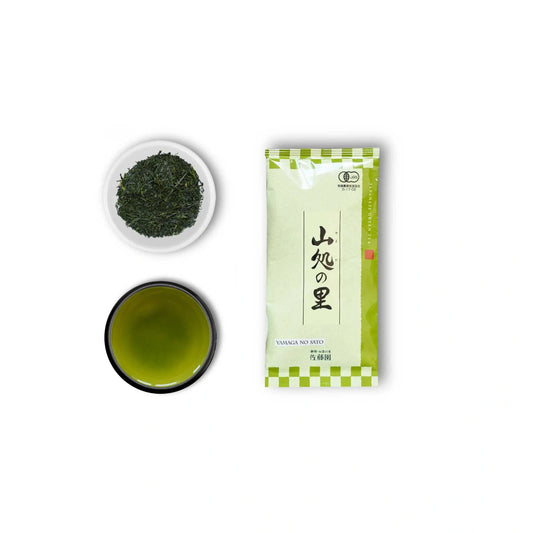 On sale
On saleSencha Shizuoka Yamaga no Sato
Regular price From $33.00Regular priceUnit price per$39.60Sale price From $33.00On sale -
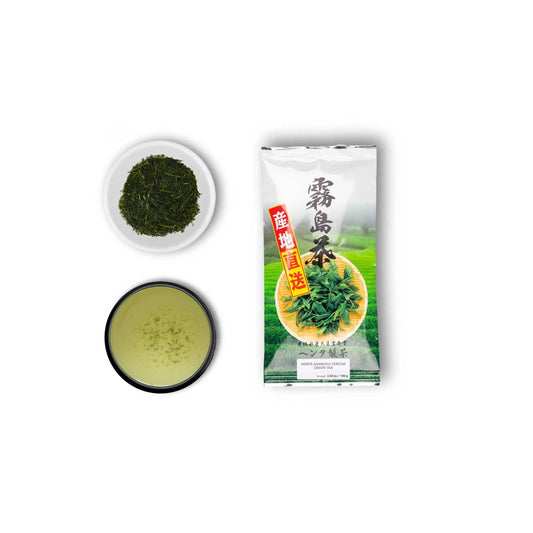 On sale
On saleHenta Sencha Asanoka
Regular price From $10.99Regular priceUnit price per$31.90Sale price From $10.99On sale -
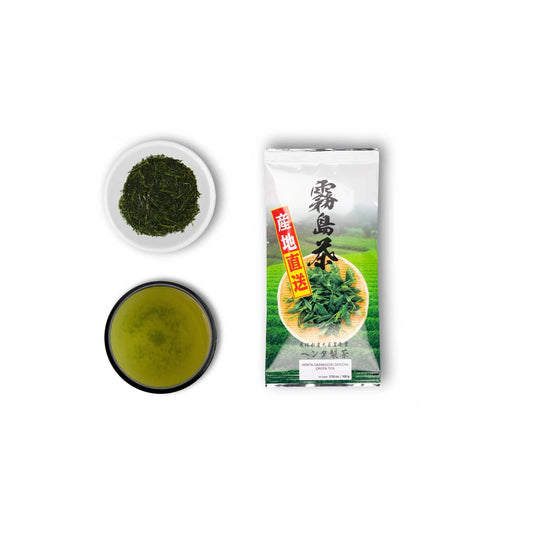 On sale
On saleHenta Sencha Saemidori
Regular price From $19.80Regular priceUnit price per$37.40Sale price From $19.80On sale -
Sencha Shizuku with Matcha Powder
Regular price From $21.67Regular priceUnit price per$38.50Sale price From $21.67On sale -
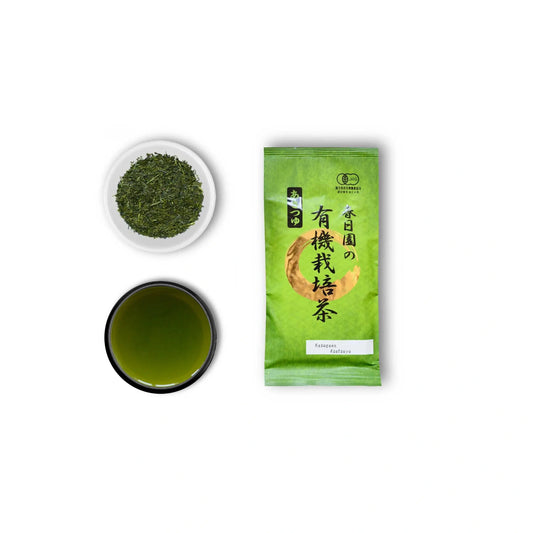 On sale
On saleSencha Kasugaen Asatsuyu
Regular price From $25.30Regular priceUnit price per$38.50Sale price From $25.30On sale -
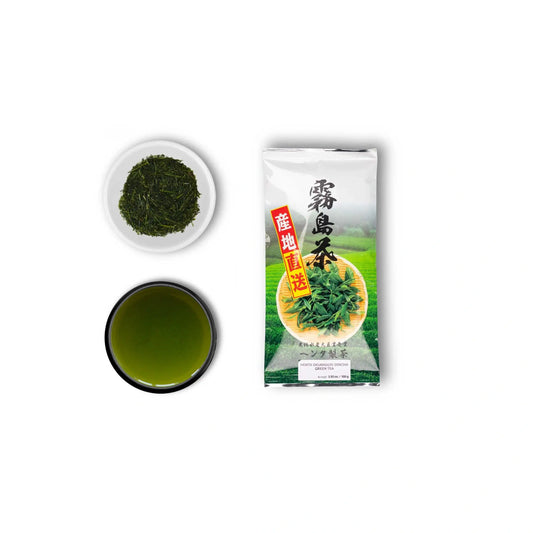 On sale
On saleSencha Okumidori Green Tea
Regular price From $19.80Regular priceUnit price per$37.40Sale price From $19.80On sale -
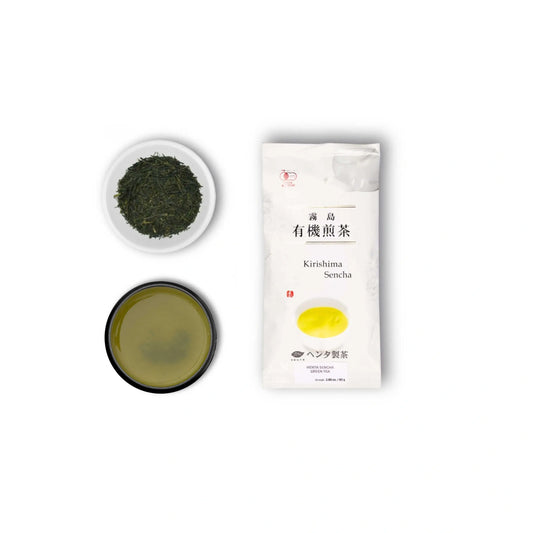 On sale
On saleSencha Henta Kirishima Tea
Regular price From $18.70Regular priceUnit price per$36.30Sale price From $18.70On sale -
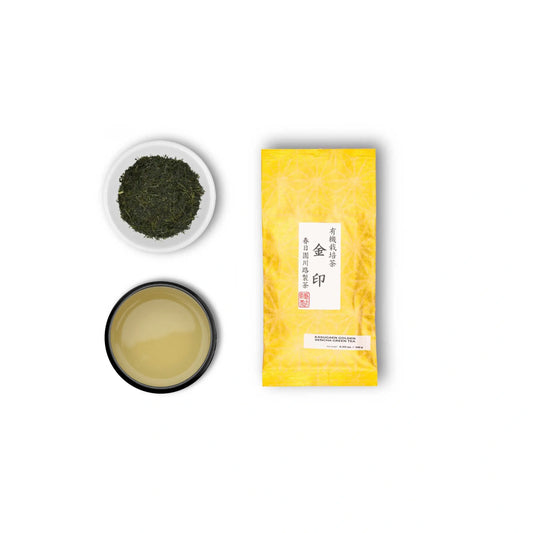 On sale
On saleGolden Sencha Yabukita Kasugaen
Regular price From $42.90Regular priceUnit price per$53.90Sale price From $42.90On sale -
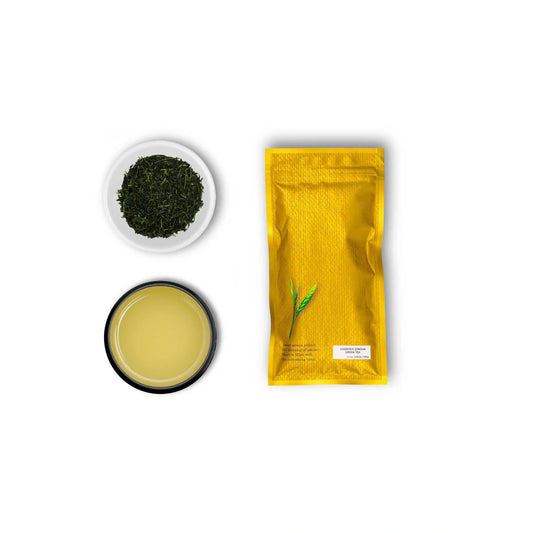 On sale
On saleUji Sencha Chanoka
Regular price From $31.90Regular priceUnit price per$51.70Sale price From $31.90On sale -
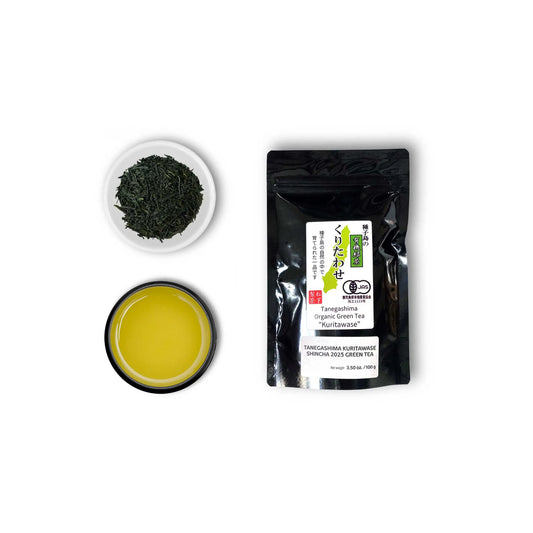 On sale
On saleShincha Tanegashima Kuritawase
Regular price $30.29Regular priceUnit price per$53.90Sale price $30.29On sale -
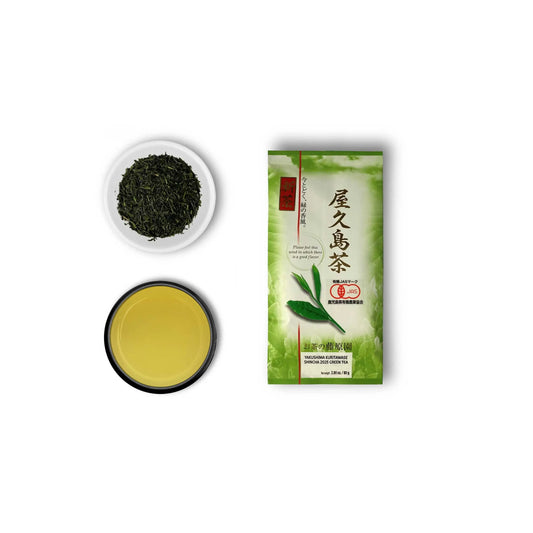 On sale
On saleYakushima Kuritawase Shincha
Regular price $20.20Regular priceUnit price per$42.90Sale price $20.20On sale -
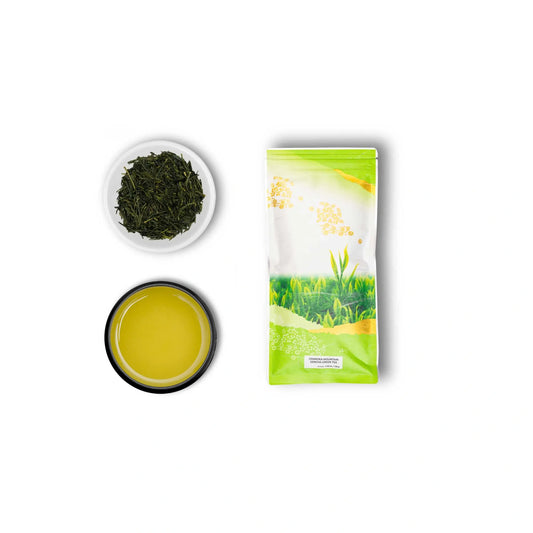 On sale
On saleChanoka Mountain Sencha
Regular price From $35.20Regular priceUnit price per$51.70Sale price From $35.20On sale -
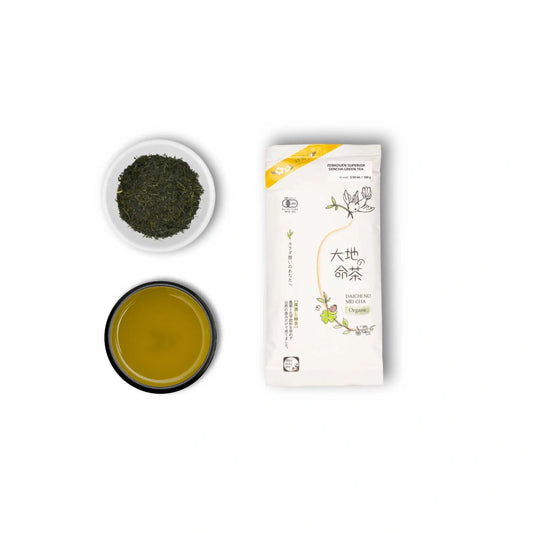 On sale
On saleSencha Superior Zenkouen
Regular price From $29.70Regular priceUnit price per$53.90Sale price From $29.70On sale -
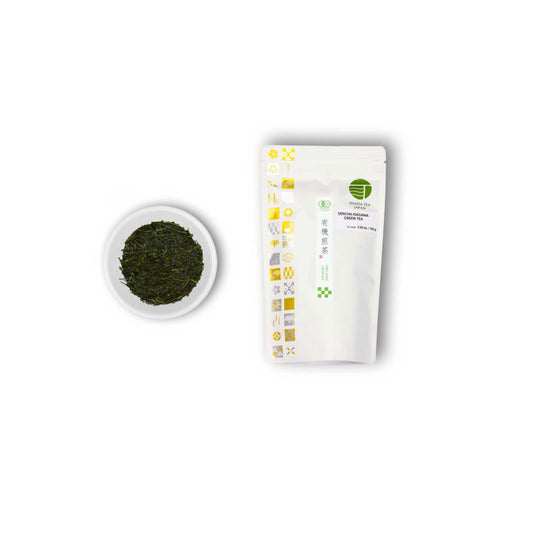 Sold out
Sold outIsagawa Sencha Loose Leaf Tea
Regular price From $26.40Regular priceUnit price per$44.00Sale price From $26.40Sold out

What is sencha tea?
Sencha tea is the most common type of green tea in Japan, made from tea leaves that have been steamed, rolled and dried. Even though this may seem like a simple definition, sencha green tea is one of the most diverse categories, encompassing a wide array of growing, shading and steaming techniques. If you would like to learn more about Japanese sencha green tea, you can read this article here
-

Our sencha tea is exclusively sourced from reputable Japanese tea farmers
We work with dozens of talented farmers who produce exceptional quality tea. After sitting down with these farmers and tasting their teas in person, we have selected a small number we think are exceptional. These are the teas we chosen to share with people all around the world.
-

Our sencha tea is 100% organically grown and pesticide free
Organic sencha green tea is important to strive for. After visiting tea farms all across Japan, we have had a chance to compare organic tea fields with non-organic tea fields. We found that the tea fields that used pesticides and chemicals weren’t creating a healthy ecosystem for plant and animal life. The organic tea fields had much more biodiversity, with insects, birds and even mammals thriving between the tea plants. By switching to organic sencha green tea, you are not only making a better choice for yourself, but also helping to create a more sustainable tea industry. At Nio, we believe that tea fields should not only produce great tea, but also become a habitat for other plants and animals.

History of sencha
In medieval Japan, the most common way to consume green tea was in powdered form. What can be thought of as an early form of matcha, rose in popularity because of its use in the Japanese tea ceremony. In the early 1700’s, people began to advocate for an easier way to prepare tea, without all the rules and principles
A tea farmer by the name of Nagatani Soen developed a tea that could be prepared in a simpler way. He found that by steaming the leaves and then rolling them into these tight needle shapes, you could lock in the flavor until the tea was ready to be infused into hot water. This means that you just need to brew the leaves in a teapot and then filter them out as you pour. It was here that sencha tea was born.

Flavour profile of Japanese sencha green tea
It is difficult to describe the taste profile of sencha tea, because it is such a broad category. In sweeter green teas, you get notes of tropical fruit, sweet corn and steamed vegetables. On drier senchas, you will notice more of these citrusy flavor profiles, with notes of straw and late summer grass.
Harvesting Process of Sencha
Sencha Tea Shading process
Another way to categorize sencha tea is based on shading. If a farmer wants to produce a sweeter tea, he will cover the tea plants in a type of netting before the harvest to block out the sun. Normally, the tea plant would convert theanine into catechins when it is exposed to sunlight, but when it is shaded it retains more sweet and savory theanine and minimizes the more bitter catechins.
Sencha Tea steaming methods
In addition to deciding how long to shade the tea, producers of japanese sencha have one more trick up their sleeve and that is the steaming process. While all japanese sencha green tea is steamed after the harvest, different teas are steamed for different times, producing surprisingly different results.
-

Asamushi
Steamed for 20-40 seconds
Asamushi sencha or short steamed sencha tea is made from leaves that have been steamed for just 20-40 seconds. In these sencha teas, you will find larger needles shapes and a slightly drier taste profile. The color of the liquor will be bright yellow and almost transparent.
-

Futsumushi
Steamed for 40-80 seconds
Futsumushi is a term you will rarely hear used to describe sencha tea, because it refers to the normal steaming time of between 40-80 seconds. If the teas doesn’t mention Asamushi or fukamushi, chances are it’s a “middle steamed” sencha tea with taste characteristics of both.
-

Fukamushi
Steamed for 80-200 seconds
These are the so called deep steamed sencha teas, made from leaves that have been steamed for between 80-200 seconds. During this time, the cell membranes of the leaf are broken down allowing more of the leaf to flow into the cup. Here you will see smaller leaves and the color will be a vibrant, cloudy green. The flavor of these fukamushi teas are juicier, with notes of tropical fruit, steamed vegetables and edamame.

What do you need to prepare sencha green tea?
Unlike matcha, sencha green tea only requires 1 piece of teaware and that is the kyusu teapot. The kyusu teapot is the best tool for preparing Japanese green tea, offering a wide base for the leaves to unfurl and also a built in filter to sift them out as you pour.
The kyusu teapot also has a hollow side handle to make it easier to pour your sencha tea. All you need is a quick turn of the wrist to pour out the tea, and the hollow side handle keeps the teapot cool to the touch so you don't burn your hands.
Watch our complete Sencha Tea complete brewing guide

Benefits of sencha tea
There are a few different benefits of sencha tea, and we are going to cover a few of them here:
Caffeine content
Sencha tea can be considered a medium caffeine tea. The caffeine content is not as high compared to some of the heavy hitters like gyokuro and matcha but it is significantly higher than low caffeine teas like hojicha, kukicha, bancha and genmaicha. With a cup of sencha, you may get between 40-60mg of caffeine which is about half the amount as a small cup of coffee. This can give you enough energy to get you through the morning, but not so much that you become jittery or anxious during the day.
EGCG in Sencha tea
In addition to caffeine and theanine, sencha also contains a lot of EGCG or Epigallocatechin gallate, the primary antioxidant in green tea. This is more prevalent in unshaded sencha teas, and it is extracted at higher temperatures. If you want to really get a lot of antioxidants out of your tea, you can brew it with boiling water, but this will make a very bitter tea!
Frequently Asked questions
Need help? We've Got Your Covered…
Delivery
We currently offer free delivery options for everyone around the world. For certain orders, we also provide free express shipping, which usually arrives in just a couple of days. If your order is time sensitive, make sure you have one of the faster delivery options selected at checkout.
Teas and Teaware
Have questions about any of our products? You can either ask our customer service team, or refer to the hundreds of videos we have on YouTube, Instagram, Facebook and TikTok for more information.
Order issues
While things usually are sent out quickly and efficiently from our E.U and U.S distribution centers, there are some delays due to customs, holiday traffic and weather. We can provide you with tracking information when you order so you’ll know where your tea is at all times!
Payments
We currently accept payment by major credit card, paypal, apple pay and bank transfer. If you have any questions about your preferred payment method, please be sure to reach out to us and we can figure something out to accommodate you!
Returns & Refunds
While returns are very rare at Nio, they occasionally do occur. We want everyone to be satisfied with the tea they get, so we would prefer to offer a replacement tea rather than leave someone with a tea they don’t like. Please be sure to reach out to us and we can solve whatever issues you might have with the tea you ordered.

